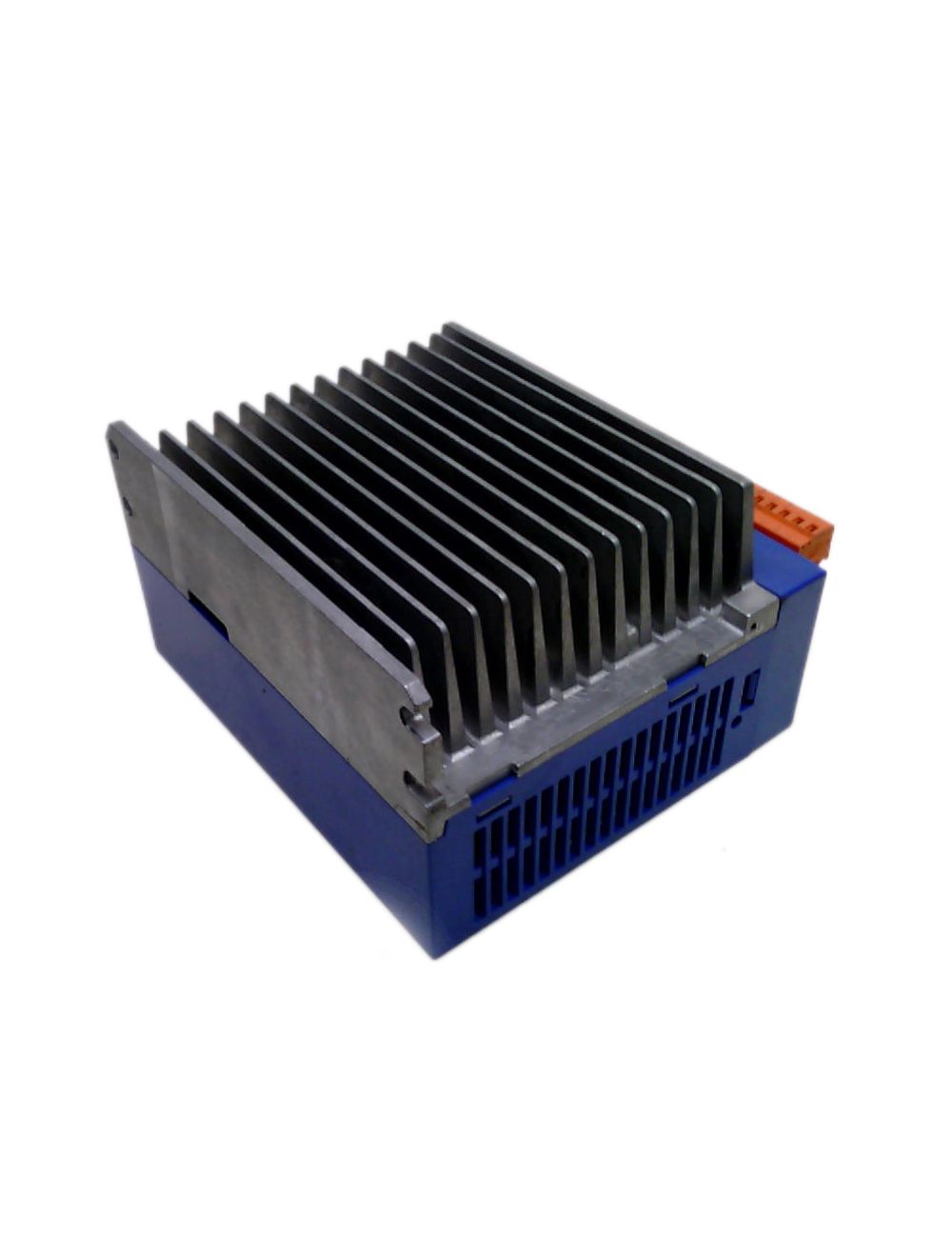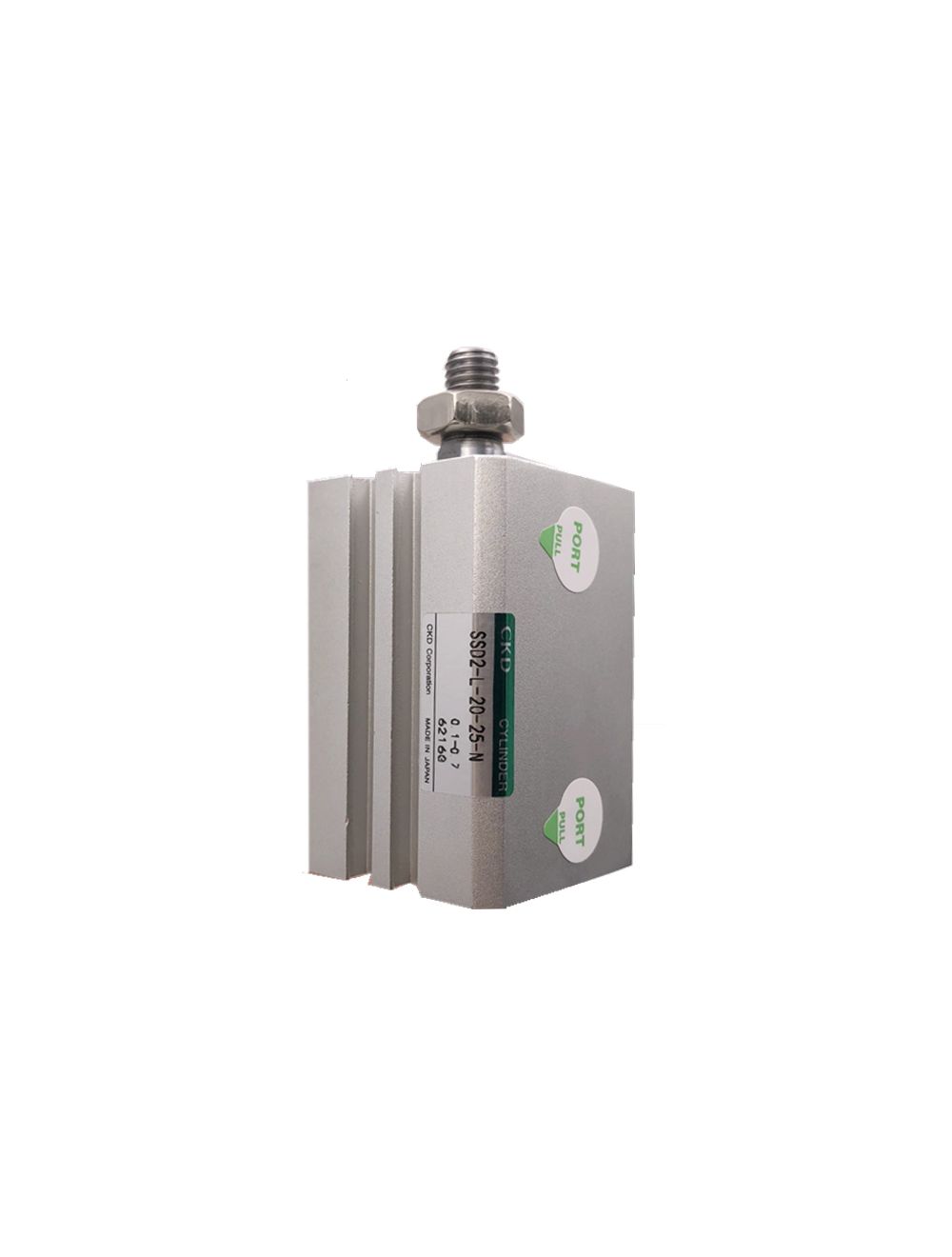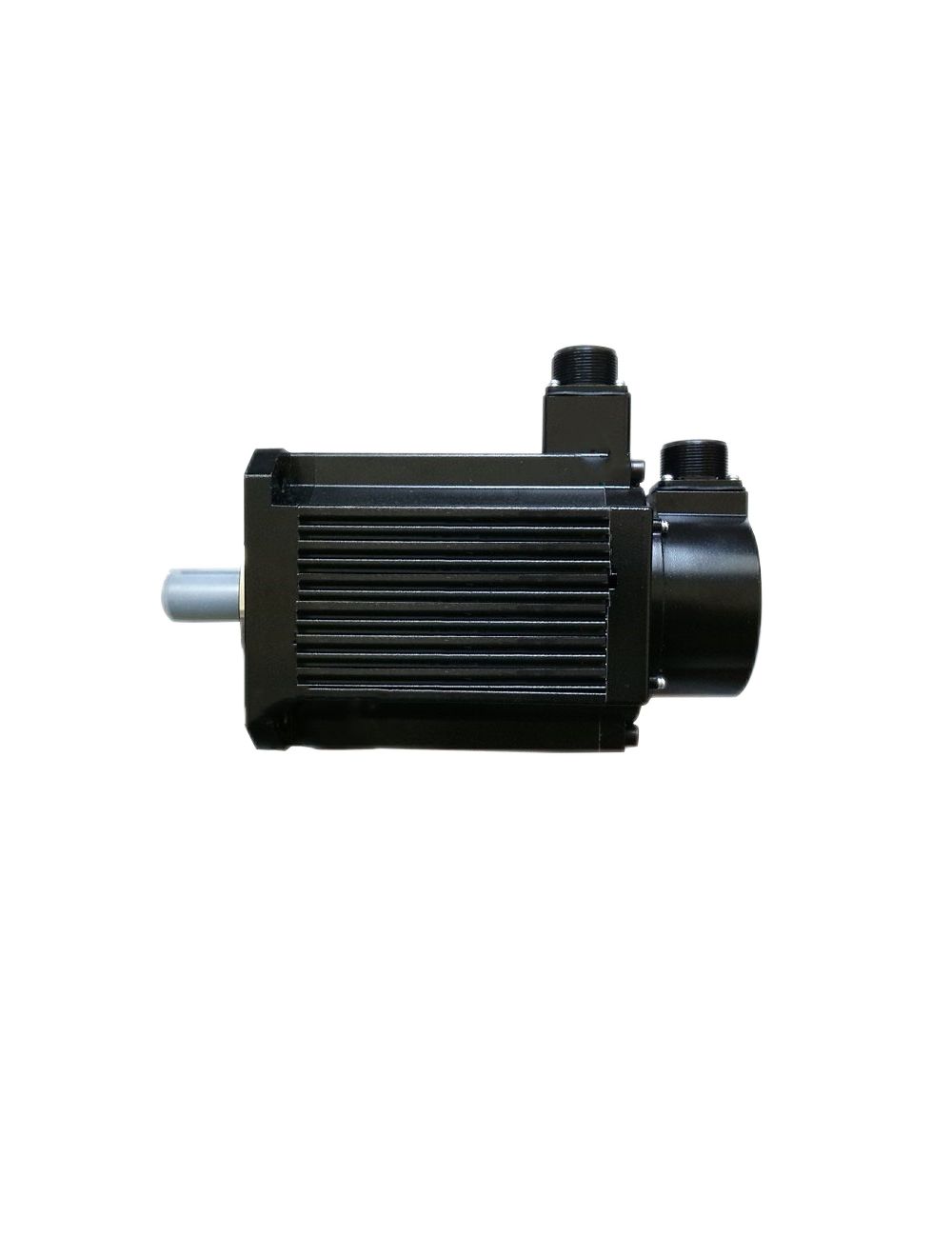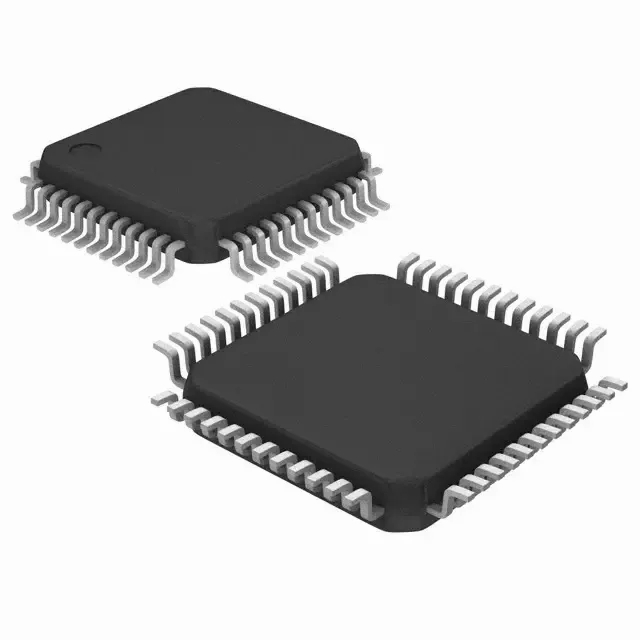Noise analysis and treatment of air compressor
Noise analysis and treatment of air compressor
A compressor manufacturer's statement: The noise level guarantee is +3dBA, which means that its noise level will be twice or one half of the declared noise level.
Two units operating at different speeds may have the same noise level, but they sound completely different. One may be harsher than the other. This is because noise forms dBA based on the sum of all the frequencies in the spectrum.
In order to measure the noise level, the noise of each scale band is measured, and the number of answers (dBA) is obtained by inverse evaluation with "A" and comparison and addition.
okmarts.com mechatronics tells you what all this means:
1. This means that we cannot place a compressor in a room due to reflection and expect to have the same noise level as in the open field conditions.
2. We cannot make a clever guess about the noise level with two different units (with different speeds, different drives, different components and different enclosures). The only way to measure noise is to use a sound measuring device.
How do we overcome obvious differences in noise levels?
1. By accurately measuring the noise level
2. By knowing how the noise level is composed, sensibly specify the frequency difference and harshness factors.
3. Know that two units have the same noise level, but the noise of the unit with different frequency characteristics causes the same damage to the ears, even if one of them does "sound" lighter.
How can we further reduce noise?
1. Ensure that all joints in the machine body are safe, the forklift holes are closed, and the base body of the machine body on the ground is solidly sealed.
2. Transport air intake and exhaust through pipelines.
3. Reduce reflected noise.
Sound and noise measurement is at best a very imprecise science. The discussion on this topic hopes to avoid field problems, the large cost of field corrections and user dissatisfaction.
1. All noise level measurements use the ANSLS51 standard. This is an industry standard. We should use this standard to refer to the noise level used for citation. In short, the standard requires open field measurements (without reflecting walls and roofs), multi-point measurements around the unit, and an average of the measured values. It should be measured one meter away from the unit, 1.5 meters above the ground and foundation level. Any single-point measurement can reach the quoted A noise level. As long as the average reading can meet or fall below the reference level. In addition, the measurement used is the average value of the measured noise that should be broadband. When frequency band analysis is required or given, some mid-band readings can, and usually do, are higher than the noise measurement average. Once again, this is what the standard accepts.
2. There is no tolerance given and applicable in the standard structure
3. Units that have not been placed in the field should be placed in the open field. In fact, the noise level in regular locations is always higher because of reflections from nearby walls and/or roofs and nearby equipment.
4. The noise level data that may be submitted is the actual measurement when the measurement should be made for a specific compressor, and repeated operation of a compressor of the same type under the same conditions can be interpreted as a typical noise level.
Pay attention
For any multi-point measurement or repeated compressor measurement, there is a certain error link. These errors indicate that in order to ensure that the noise level is a problem for a particular compressor, 3 decibels should be added to the total dBA measurement. When guaranteeing a user's noise level, it is absolutely necessary to comply with the above requirements.
Empirical formula
A 0.7MPa air compressor produces 0.1416M3 gas per horsepower
Every 0.007MPa pressure drop is equal to 0.5% power
The thermal load of the air-cooled compressor=HP×2545BTU/hour (1BTU = 1.055KJ)
GPM of water-cooled compressor (liters of water per minute)
HP × 2545
500×△T water
Or, if △T water = 11.1℃ (closed loop), it is HP/4
Such as △T water = 22.2℃ (urban water supply system) is HP/8
65% of the condensed water has been removed after passing through the aftercooler
96% of the condensed water has been removed after passing through the refrigerated dryer
When the exhaust temperature increases by 11℃, the water content will double
Every 0.028M3 = 7.48 gallons = 28.31 liters = 1 cubic foot
The air compressor needs to be equipped with 133.5 liters of cylinder air storage capacity for every M3 air intake
Pumping formula derived from the ideal gas law
Volume (m3) × pressure rise (MPa)
Time (minutes) =———————————————
Air volume (cubic meter) × 0.1013 (MPa)
Motor pulley size (inch) × compressor speed (RPM)
Motor pulley size (inch) =------------------------------------
Motor speed (RPM)
Noise analysis and treatment of air compressor
Recent related posts
09/11/2020
Noise analysis and treatment of air compressor
Noise analysis and treatment of air compressor A compressor manufacturer's statement: The noise level guarantee is +3dBA, which means that its noise level will be twice or one half of the declared noise level.
09/11/2020
Maintenance of screw air compressor
1. Maintenance of intake air filter element. The air filter is a component that filters out air dust and dirt. The filtered clean air enters the compression chamber of the screw rotor for compression. Because the internal clearance of the screw machine only allows particles within 15u to filter out.
09/11/2020
Inverter companies will transform to personalized services
Recently, the Institute of Industry and Market Research of the Institute of Machinery Industry Information said that my country's inverter market will not be saturated until at least 10 years, and the overall market potential is 120 billion to 180 billion yuan.
09/11/2020
Introduction to cleaning and maintenance of temperature control valve of okmarts.com air compressor
The composition of the temperature control valve of okmarts.com air compressor: The temperature control valve is composed of valve body, valve core, temperature sensing element, spring, etc.:
09/11/2020
How to use empirical methods to inspect rolling bearings
How to use empirical methods to inspect rolling bearings Some operators lack the experience in identifying rolling bearings and continue to use them as long as they see no obvious damage to the rolling bearings, causing serious failures later. Some people only need to remove the rolling bearings and replace them without inspection.
09/11/2020
How to ensure the stable operation of imported bearings
Generally speaking, pay attention to the following points from the perspective of use: 1. The bearing clearance should be appropriate. If it is too large, it will cause impact, and if it is too small, it will cause poor lubrication and may burn bushes.
09/11/2020
High exhaust temperature is the most common failure of screw air compressors
High exhaust temperature is the most common failure of screw air compressors, and its harm is also greater. Long-term operation of equipment under high exhaust temperature conditions mainly has the following hazards:
09/11/2020
Hanbell screw compressor oil replacement operation specification
Maintenance and operation instructions for the refrigerating oil of the screw refrigerant compressor of Hanbell 1. The role of lubricating oil:
09/11/2020
Energy saving China's big idea
From global emission reduction actions to the fashionable low-carbon economy, from smart grids from models to new energy vehicles, the human economic growth model in the era of transformation is undergoing a gorgeous and tempting turn. . Under the background of this magnanimous background, China Energy Conservation's long-term planning and specific actions have been given strong and vivid connotations.
09/11/2020
Electric valves have the advantages of easy assembly and low failure rate, becoming the mainstream of the market
In terms of operating efficiency and saving energy consumption, the use of automatic control valves is an indispensable part. The manual valves and pneumatic valves commonly used in traditional industries are not as good as electric valves in terms of installation cost and efficiency.
Customers frequently viewed
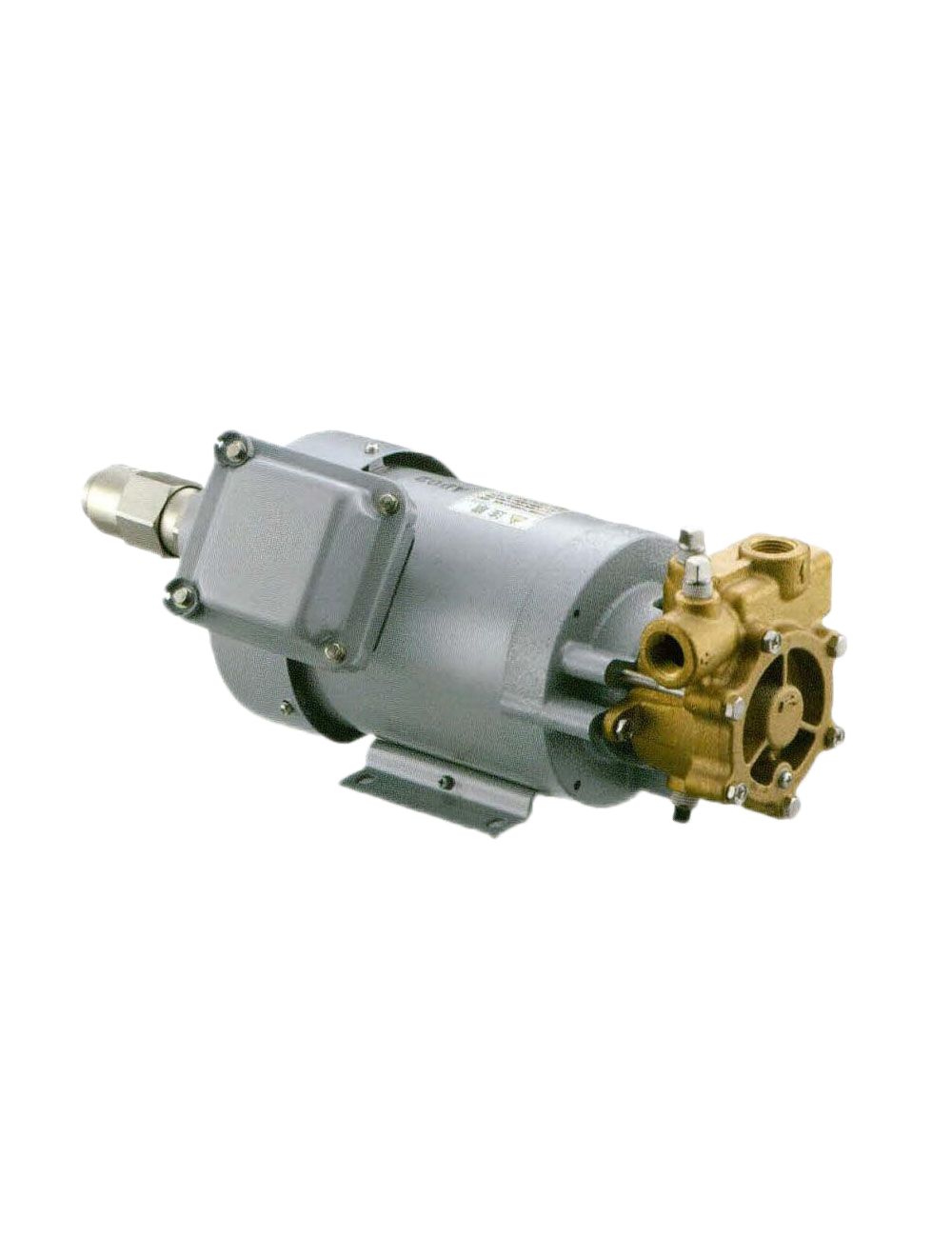
IWAYA DENKI Water Pump 25CJT0752

Panasonic Servo Motor MHMF022L1V2M
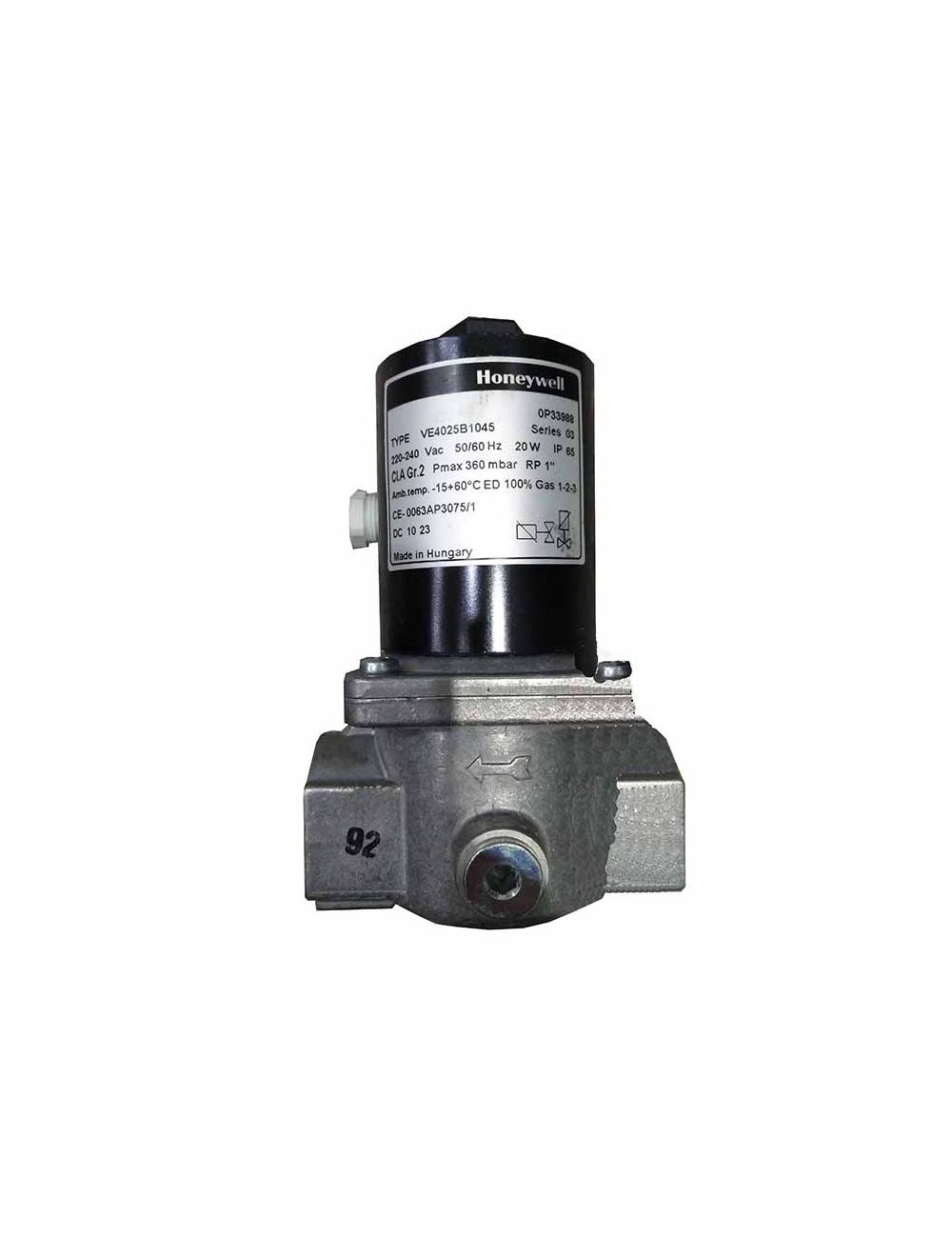
Honeywell Solenoid Valve VE4025B1045
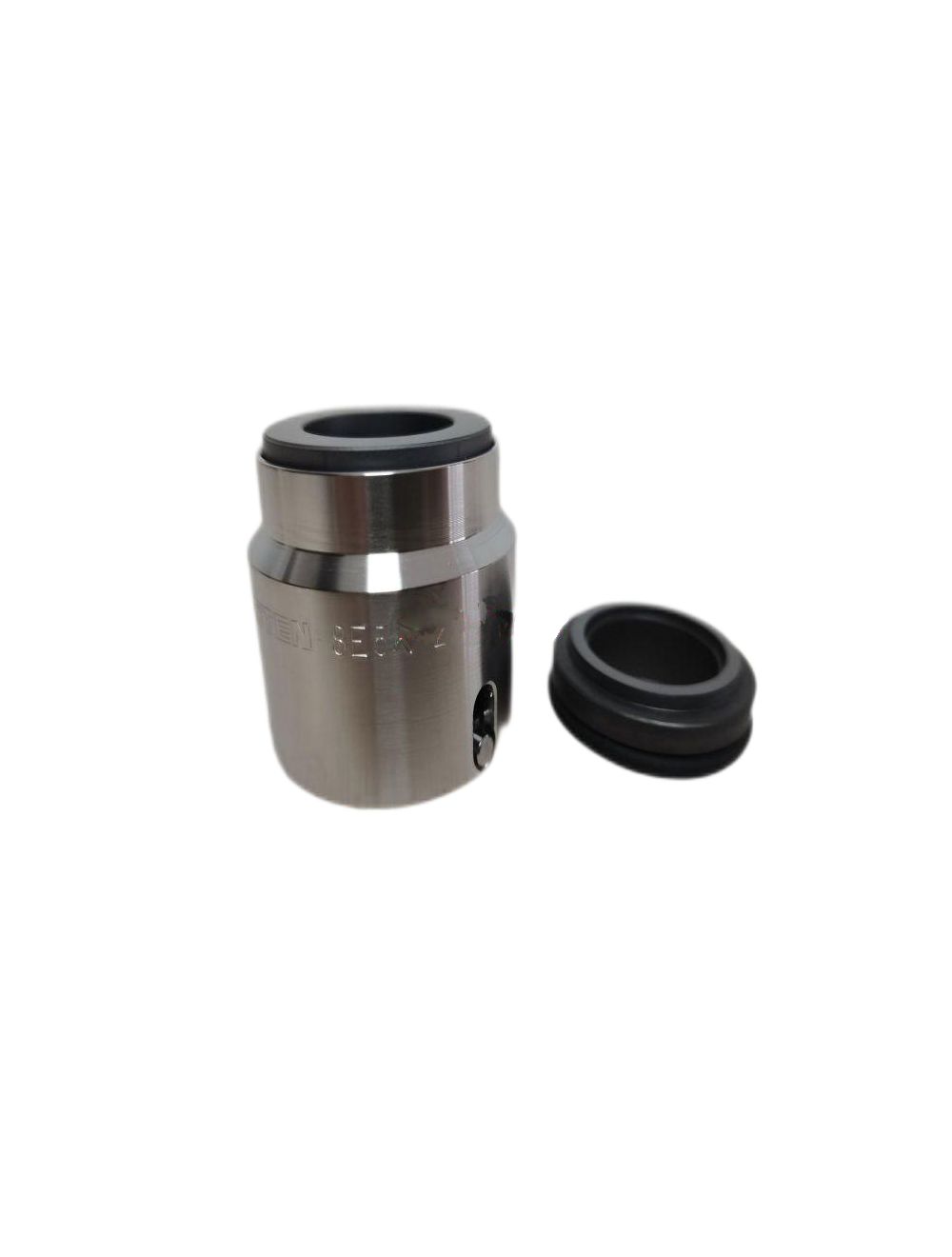
ROTEN Mechanical Seal 8E5K-22-X

Sailsors Transmitter A3S-250Pa

Honeywell Sensor ASDXL10D44D-DO

SIEMENS Ball Valve VAF51.65-63
